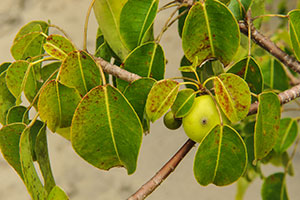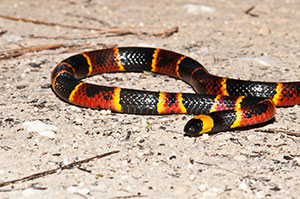Of the eight species of pelicans found throughout the world, the brown pelican is the smallest, and one of only two pelican species that gets its food by diving into the water. Although it is the smallest species of pelican, the brown pelican is by no means a small bird – they can reach over 5 feet in length, with wingspans of over 8 feet, large bills, and deep throat pouches for draining water after catching prey. While their heads are mostly white, the bodies of brown pelicans come in many shades of brown, black, tan, or gray, often mistakenly giving the impression that these birds are dirty or unclean, when in fact these are just their natural colors.
Brown pelicans can thrive in both saltwater and freshwater environments, and though you may spot a lone pelican hunting from time to time, they prefer to live in large flocks. Although they are usually seen around and associated with water, brown pelicans are excellent fliers, though they tend to be somewhat awkward on land. When feeding, an adult brown pelican will dive bill-first into the water, oftentimes submerging themselves completely before returning to the surface with their catch. After draining the water from their throat pouches, brown pelicans will then swallow their prey whole, eating up to 4 pounds of fish, amphibians, and crustaceans each day.
Because pelicans are often fed scraps from fishermen and boatmen, they have been conditioned to associate humans with their food. Today, they can be found all around fishing ports, piers, and marinas, though many can still be found in more secluded and wild areas, such as the mangrove forests of the Everglades. Protected under the Migratory Bird Act of 1918, brown pelicans are classified as a Species of Least Concern, with an estimated population of around 650,000 birds.
To see brown pelicans in their natural habitat, take an airboat ride with Captain Mitch through the Everglades. Not only will you see plenty of birds on your Everglades tour, but you’ll see plenty of lizards, fish, and amphibians too!










